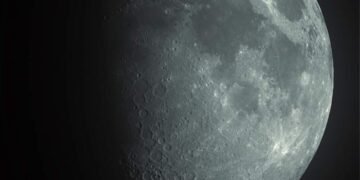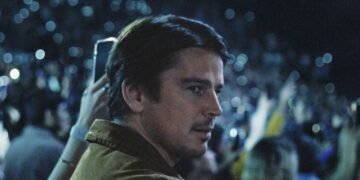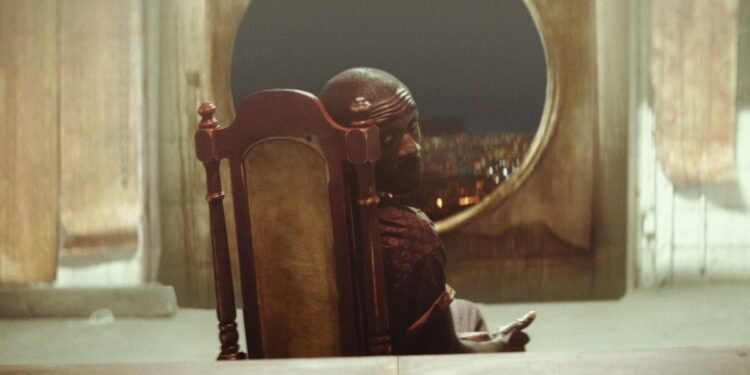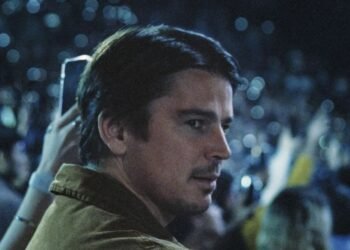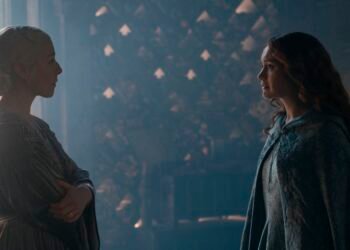At the outset of The Wanting Mare, on-screen text provides some world-building background: The movie takes place in and around the hot coastal city of Whithren, where wild horses run free and are captured annually so they can be exported by boat to the wintry city of Levithen. The yearly trip is also open to humans, at least theoretically, but tickets are hard to come by, so they’re extremely valuable.
This kind of upfront exposition is fairly common for science fiction or fantasy movies. It’s also one of just a handful of instances where The Wanting Mare lays out information clearly and unambiguously. For much of the movie’s 80 minutes and change, it resembles later-period Terrence Malick. Characters’ conversations are cut into spare, unfinished fragments. Simple progressions of images often aren’t entirely linear. At one point, around the halfway mark, the story jumps forward several decades without much warning. This is a movie about a massive horse-exporting business that never shows more than one horse on screen at a time. It’s not surprising that the movie was, at one point, produced by Shane Carruth, the filmmaker behind the similarly abstract Upstream Color. (Though Carruth was promoting the move about a year ago, his name seems to have been removed from the credits, presumably in response to abuse allegations that came out in 2020.)
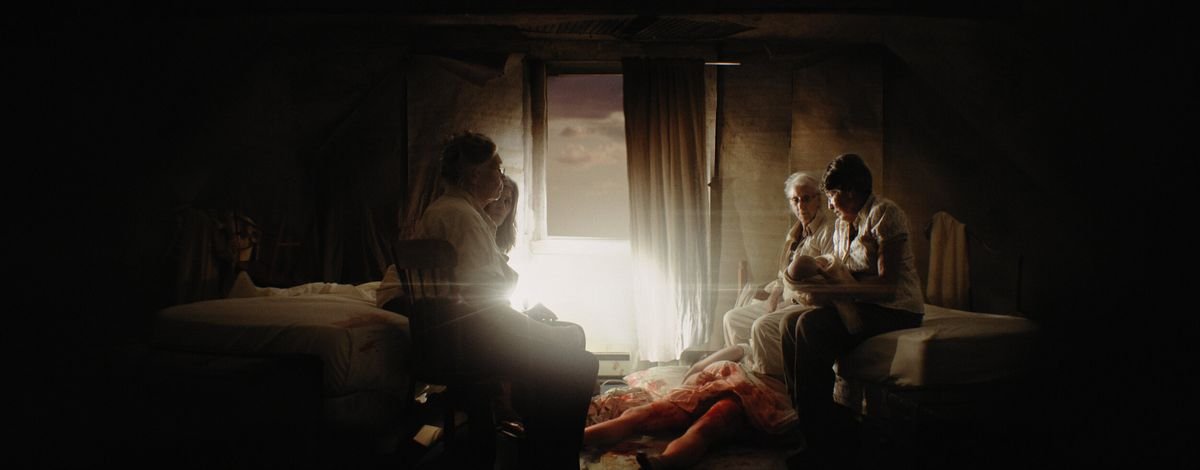
Photo: Anmaere Pictures
And yet it’s hard to separate the sometimes-frustrating obtuseness of The Wanting Mare from what makes it a singular experience. Though its dreamy, action-light atmosphere doesn’t involve traditional blockbuster spectacle, it’s also a special-effects triumph. Writer-director Nicholas Ashe Bateman, who has done effects work for similarly Malick-inspired directors like Benh Zeitlin (Wendy) and David Lowery (the upcoming The Green Knight), shot the movie on and off over a period of five years, mostly in a New Jersey warehouse. From there, he used practical and digital effects to build out a world so immersive that it’s easy to get lost in it. It has the lifelike textures that so many CG-set movies lack.
Whithren looks like a skeletal version of a waterfront city, an all-outskirts landscape with buildings like piles in a desert. Moira (Jordan Monaghan), a young woman, lives alone, haunted by a recurring dream that’s been passed along by the women in her family. By chance, she runs across an injured man, possibly a criminal, named Lawrence (Bateman); she saves his life, and offers to shelter him in exchange for a ticket to Levithen. He protests that this will be impossible, but agrees to try. Fate interferes when Moira and Lawrence grow close — and then again when they come across an abandoned baby.
This all makes The Wanting Mare sound far more straightforward and domesticated than it really is. The movie’s loneliness stretches out across generations when it skips ahead to follow Moira’s daughters, eventually re-introducing an older Moira (Christine Kellogg-Darrin) and Lawrence (Josh Clark). If this is, in some sense, a family drama, it’s an intentionally disconnected one. Even the family members who know each other seem to regard each other as memories, distant as the “world before” occasionally mentioned (but never detailed) in dialogue.
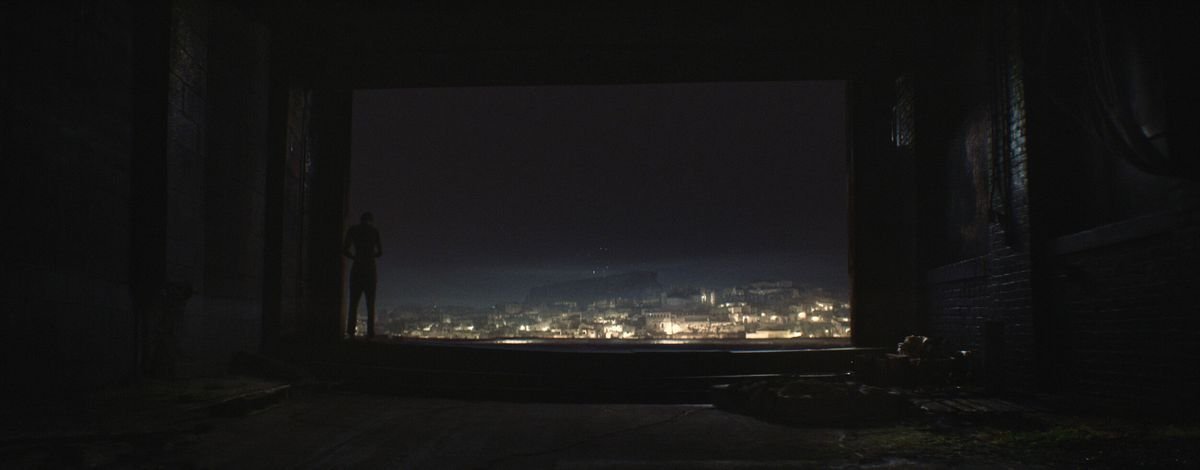
Photo: Anmaere Pictures
Early in the movie, the younger Moira visits an abandoned building and plays music seemingly recorded by her mother on an ancient-looking cassette, as if communing with long-ago ancestors. There are also hints that the film is an environmental fable, not least because this is the rare speculative film where a desolate-looking wintry landscape (somewhat inexplicably) represents a fresh start in a promised land, while a warmer climate by the water inspires desperation to escape.
In the end, though, Bateman is asking for his audience to do a lot of the work themselves. Does the movie gain anything from this intentionally obscure approach? It’s hard to say. Early on, the effect of dropping into a new world without lots of exposition to cushion the landing can be exhilarating. But eventually some viewers might want to stop falling and eventually touch the ground. And while the Terrence Malick style has its charms, it also has its own audiovisual clichés: the handheld camera, the hands caressing blades of grass, the score that serenely draws out single notes into perfect little dirges. Bateman has created a vast, impressive world that he plans to explore at length — the film’s press release says “Bateman has created The Wanting Mare as the first, intimate chapter in a long line of films about the people, places, and legends of Anmaere.” But most of the time, that world still feels stuck in his head.
The Wanting Mare arrives in limited theatrical release and on VOD platforms on Friday, Feb. 5th. Before visiting a movie theater, Polygon recommends checking our guide to local safety conditions and theater protocols.















